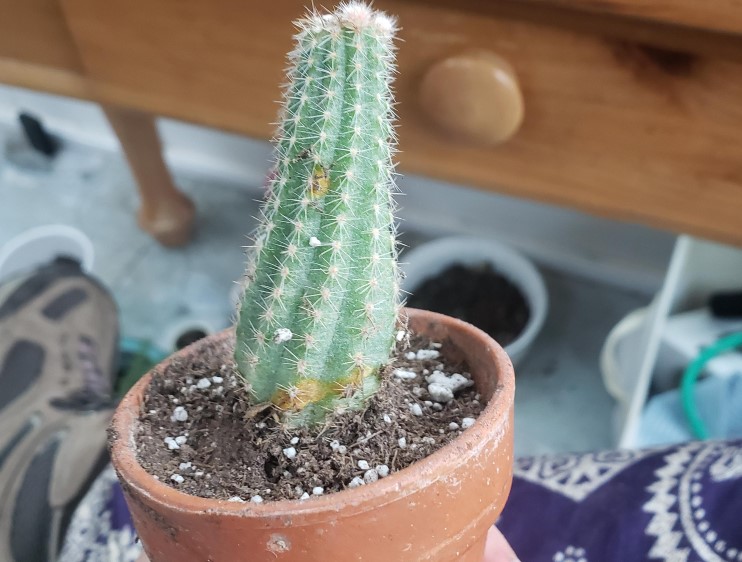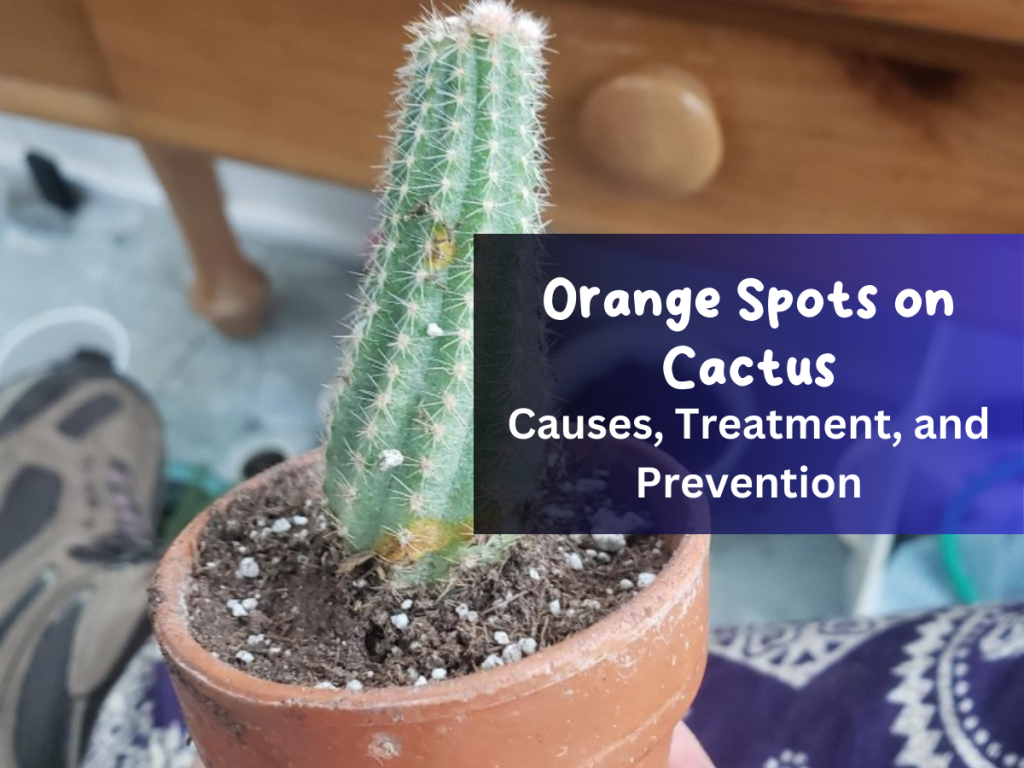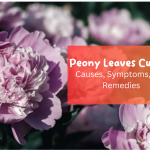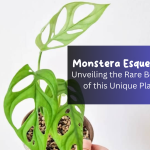Cacti are fascinating plants known for surviving in harsh desert conditions. However, like any living organism, they can experience specific issues and abnormalities that may require attention. One such issue is the appearance of orange spots on cacti. In this comprehensive SEO article, we will explore the various causes behind these orange spots, discuss potential treatments, and provide preventive measures to ensure the optimal health of your cactus.
Understanding Orange Spots on Cacti
Orange spots on cacti can manifest in different forms, including patches, dots, or discolored areas on the plant’s surface. These spots can be indicative of an underlying issue that requires attention. Here are some potential causes of orange spots on cacti:
Sunburn: Cacti are typically adapted to receive intense sunlight in their natural desert habitats. However, sudden exposure to excessive sunlight or extreme heat, especially after being kept in low-light conditions, can result in sunburn; this can manifest as orange or reddish spots on the cactus.
Fungal or Bacterial Infections: Orange spots signify fungal or bacterial infections. These infections may occur due to excessive humidity, improper watering, or poor air circulation. Common culprits include fungal diseases such as Phytophthora or bacterial infections like Erwinia.
Pest Infestations: Certain pests, such as mealybugs or scale insects, can cause orange spots on cacti. These pests feed on the plant’s sap and excrete a sticky substance known as honeydew, which can attract fungal infections. The combination of pest activity and subsequent fungal growth can lead to the appearance of orange spots.

Treating Orange Spots on Cacti
Sunburn Treatment: If sunburn is the cause of the orange spots, it’s crucial to move the affected cactus to a shaded area with indirect sunlight. Gradually acclimate the plant to brighter light conditions over time. Trimming damaged areas may also be necessary if the sunburn is severe.
Fungal or Bacterial Infection Treatment: Identifying the specific pathogen involved in fungal or bacterial infections is crucial. Consult a plant specialist or local garden center for appropriate treatment options, including fungicides or antibacterial agents. Additionally, ensure proper air circulation, avoid overwatering, and maintain a suitable humidity level to discourage further infection.
Pest Infestation Treatment: To treat pest infestations, isolate the affected cactus to prevent the pests from spreading to other plants. Depending on the severity of the infestation, methods such as manual removal, insecticidal soaps, or horticultural oils may be employed. Regularly inspect nearby plants to prevent re-infestation.
Preventing Orange Spots on Cacti
Proper Sunlight Exposure: Gradually introduce your cactus to brighter light conditions to prevent sunburn. Find an optimal balance between light and shade, ensuring your cactus receives adequate sunlight without being exposed to intense heat for prolonged periods.
Optimal Watering Practices: Avoid overwatering, as excessive moisture can create a favorable environment for fungal growth. Allow the soil to dry out between waterings, and always use well-draining soil mixes. Additionally, water the base of the plant rather than the top to minimize water contact with the cactus’s surface.
Regular Inspections: Regularly inspect your cacti for signs of pests or diseases. Early detection allows for prompt intervention, preventing the spread of infections or infestations.

Conclusion:
The appearance of orange spots on cacti can be concerning. Still, with proper understanding, timely treatment, and preventive measures, you can ensure the health and vitality of your beloved cactus collection. You can keep your cacti thriving and free from orange spots by providing the right environmental conditions, maintaining proper watering practices, and promptly addressing any issues. Remember, a little care goes a long way in preserving the natural beauty of these unique desert plants. Read article about Companion Plants Turnips and Mustard Apocalypse Pepper in Avi Hoffman Garden.







